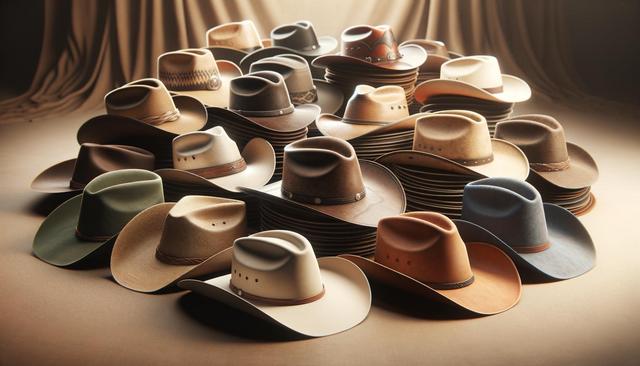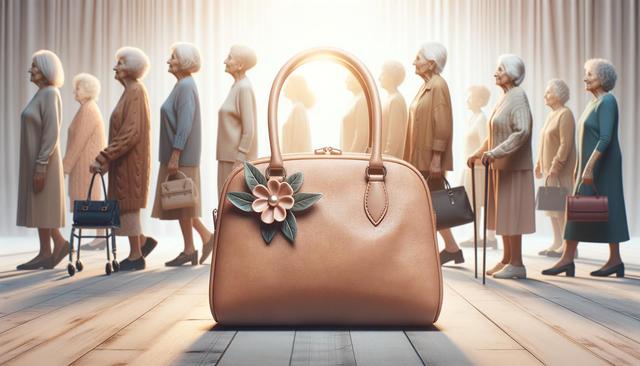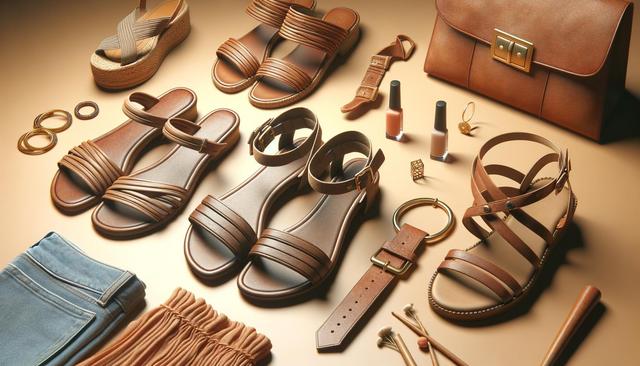The Legacy of the Classic Cowboy Hat
For many seniors, the cowboy hat isn’t just a piece of clothing—it’s a link to history and identity. These hats became iconic in the late 19th and early 20th centuries, worn by ranchers, lawmen, and cowhands across the American West. The wide brim and high crown were functional designs meant to protect from sun, wind, and rain, but they also came to represent a certain way of life. Over time, the cowboy hat became a symbol of independence and resilience, values that many seniors still hold close today.
There are several recognizable designs within this category, including:
- The Cattleman: Known for its three creases on the crown and a slightly curved brim, offering a refined yet rugged look.
- The Gus: Featuring a sloped crown and a more pronounced front crease, ideal for a weathered, trail-worn appearance.
- The Brick: A squared-off crown that offers a distinctive, bold silhouette.
These styles have endured because they are versatile and flattering for mature faces, often complementing the quiet confidence that comes with age.
Material Matters: Felt, Straw, and Leather
Seniors often choose their western hats based on comfort, durability, and seasonality. The most popular materials—felt, straw, and leather—each offer specific benefits. Felt hats, typically made from wool or fur blends, are well-insulated and ideal for cooler months. They have a rich texture and can be shaped to personal preference, making them a favored choice for formal or traditional looks.
Straw hats are lighter and breathable, perfect for spring and summer wear. They’re often woven tightly for durability and can still maintain a structured brim and crown. Leather hats, while heavier, offer a rugged, weather-resistant option that ages beautifully over time.
When selecting a material, seniors may consider:
- Climate and intended use
- Maintenance and ease of care
- Weight and comfort for long-term wear
Each material has its own charm and function, allowing seniors to build a small collection suited to different occasions and seasons.
Shape and Fit for Mature Comfort
As we age, comfort becomes an increasingly important factor in clothing and accessories, and hats are no exception. Western hats come in a variety of shapes and sizes, and finding the right fit is essential for daily wear. For seniors, a well-fitting hat means less pressure on the forehead, better stability, and a more flattering appearance.
Some key considerations for achieving comfort include:
- Adjustable headbands or sweatbands for a customized fit
- Brim width that offers adequate sun protection without overwhelming facial features
- Lightweight materials to reduce strain on the neck and head
Many western hats for seniors are now designed with added ergonomic features, such as moisture-wicking linings and ventilated crowns. These updates allow wearers to maintain a classic look while enjoying modern comfort.
Color and Style Choices that Age Gracefully
While traditional western hats often come in shades of brown, black, and grey, there is a growing variety of color options that can suit individual tastes. Seniors may prefer earth tones that blend well with their wardrobe, or they might choose lighter shades for a softer, more relaxed appearance. The key is selecting a color that flatters skin tone and complements other clothing items.
Styling a western hat can also be a fun way to express personality. Many senior wearers enjoy adding subtle customizations such as:
- Decorative hatbands made of leather, beads, or silver conchos
- Feathers or pins that reflect personal interests
- Monogramming or embossing for a personalized touch
These additions allow for individuality without straying from the classic western aesthetic, making the hat both a fashion statement and a functional accessory.
Caring for Your Western Hat
Proper maintenance is essential to preserving the shape, color, and quality of a western hat. Seniors who have invested in a classic hat style will find that with minimal care, their hat can last for many years. Cleaning and storage routines depend on the hat’s material, but there are general practices that apply across the board.
For example:
- Use a soft brush to remove dust and dirt from felt hats
- Keep straw hats dry and store them in a cool place to prevent warping
- Condition leather hats periodically to maintain flexibility and prevent cracking
Storage is also important. Hats should be stored on a stand or in a box to maintain their shape and avoid unnecessary wear. Seniors who travel may also consider using a hat carrier to protect their hat on the go. With regular care, a western hat becomes more than just a fashion piece—it becomes a lasting part of one’s personal history.
Conclusion: Embracing Western Heritage with Style and Comfort
Classic senior western hat styles offer more than just aesthetic appeal—they provide a connection to tradition, a sense of identity, and practical comfort. For older adults who appreciate the values of resilience and authenticity, these hats are a meaningful accessory that enhances both style and function. Whether you prefer felt for its warmth, straw for its breathability, or leather for its rugged durability, there’s a western hat that complements your lifestyle. With the right fit, thoughtful styling, and proper care, seniors can enjoy these timeless hats for years to come.


